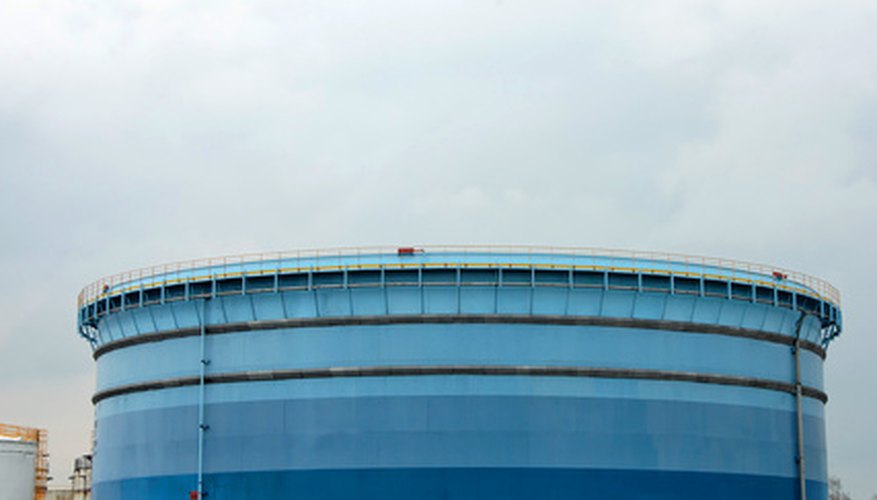Titration, also called volumetric analysis, is a method to determine concentration of a dissolved substance, or solute, in a solution. The process fulfils a variety of important roles in industry, where industrial chemists use titration to help ensure product quality.
Function
In volumetric analysis, a chemical called a titrant is added to a solution to react with or neutralise the solute, together with an indicator that will mark the time at which all of the solute has been neutralised. At that point, the chemist can determine how much solute was originally present from the amount of titrant added. A common example is acid-base titration, where an acid is used as titrant to neutralise a base (or vice versa) and a pH meter measures the pH so that the chemist can tell once the solute has been neutralised.
- Titration, also called volumetric analysis, is a method to determine concentration of a dissolved substance, or solute, in a solution.
- A common example is acid-base titration, where an acid is used as titrant to neutralise a base (or vice versa) and a pH meter measures the pH so that the chemist can tell once the solute has been neutralised.
Effects
Titration is important in environmental chemistry, where scientists can use it to analyse acid rain or contaminants in surface water samples. In the food and beverage industry, manufacturers must ensure their products meet certain quality criteria or contain standard concentrations of specific additives, so titration is often used to analyse products before sale. Titration is also very important in the pharmaceutical industry, where precise measurements of quantities and concentrations is essential throughout the manufacturing process.
Wine
Titration also finds use in the wine industry, where sulphur dioxide is used to control microbial growth. Too much or too little, however, can be detrimental to the quality of the final product. Titration enables wineries to determine the concentration of sulphur dioxide during the process.
